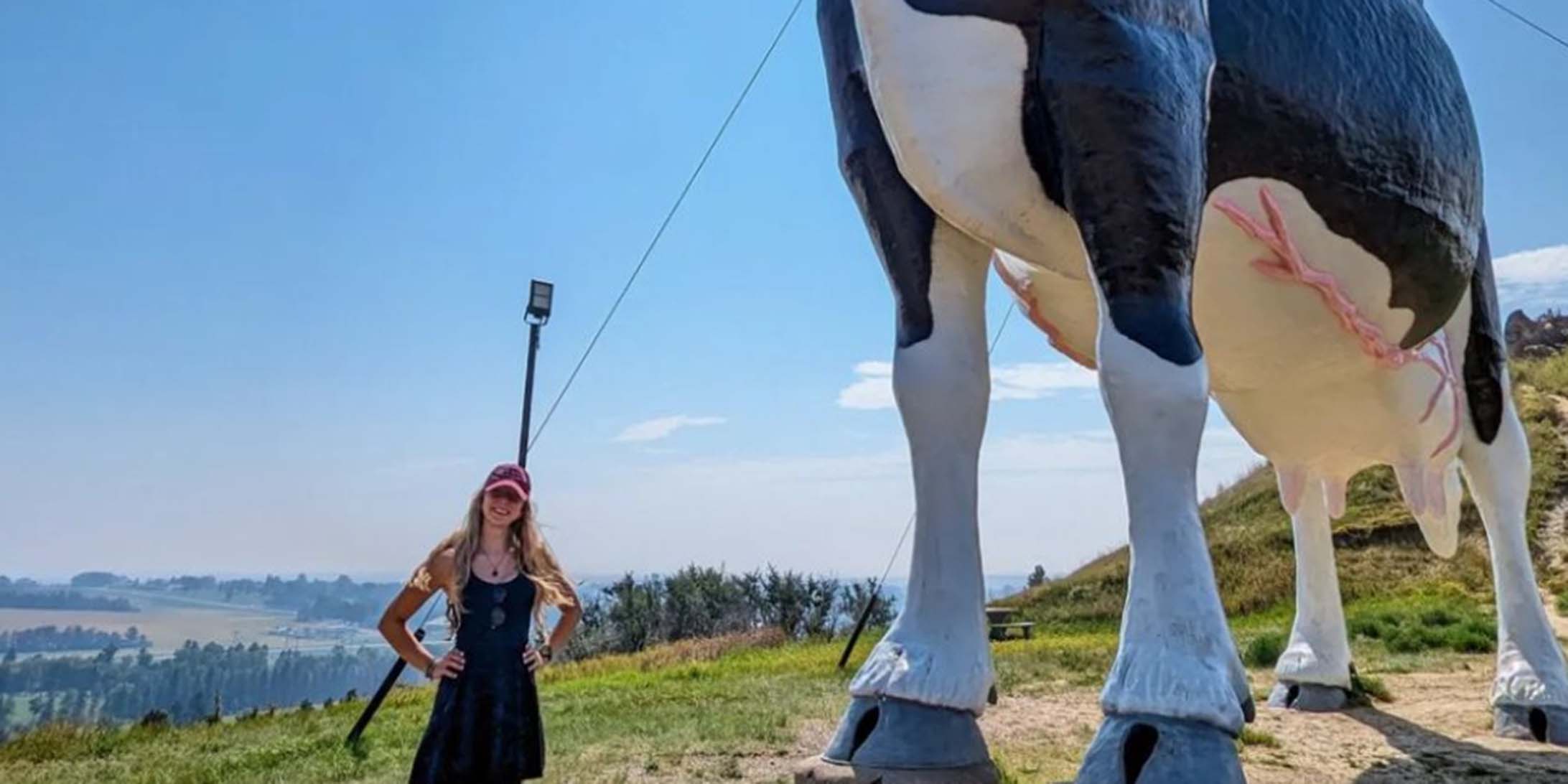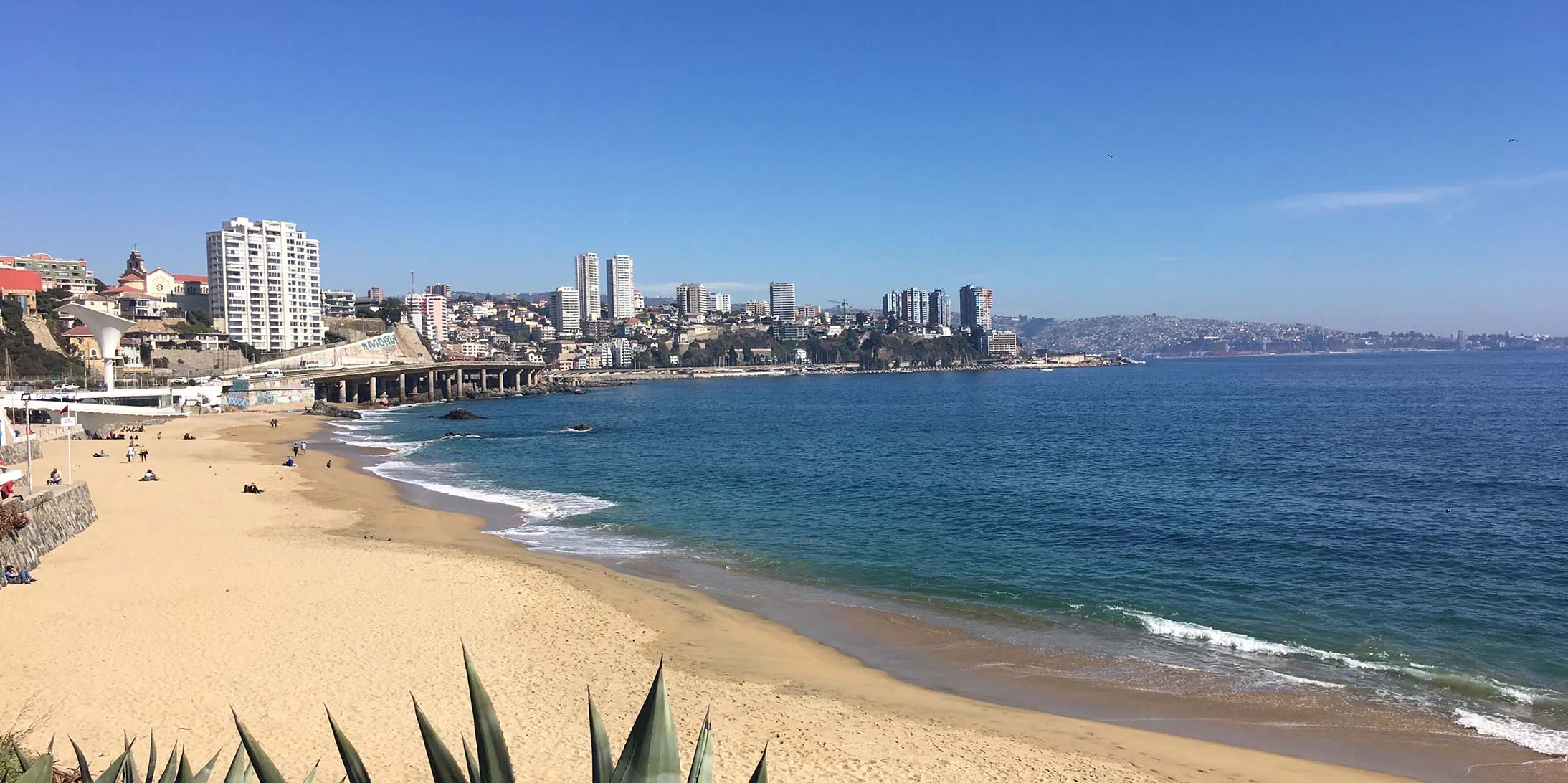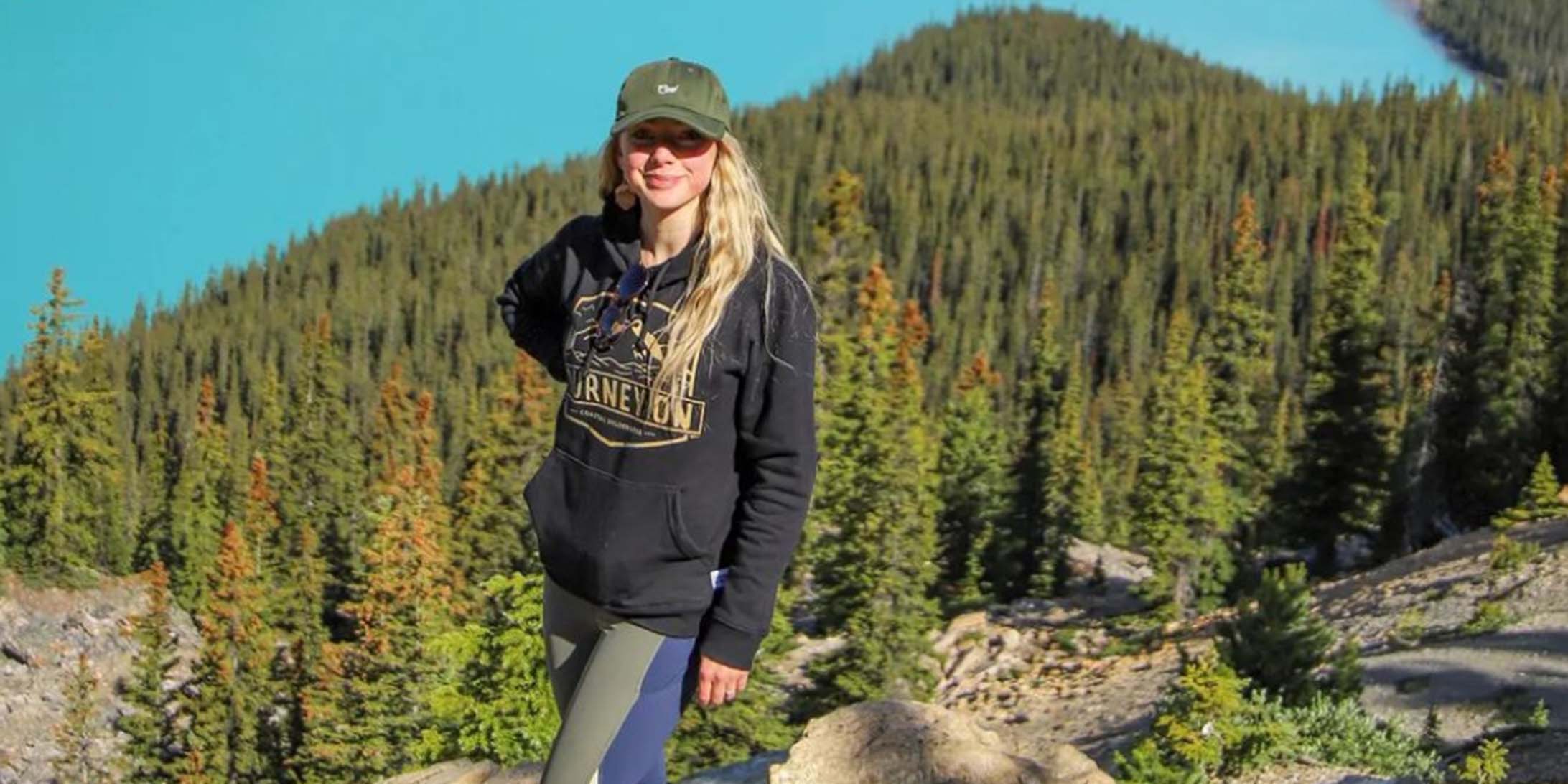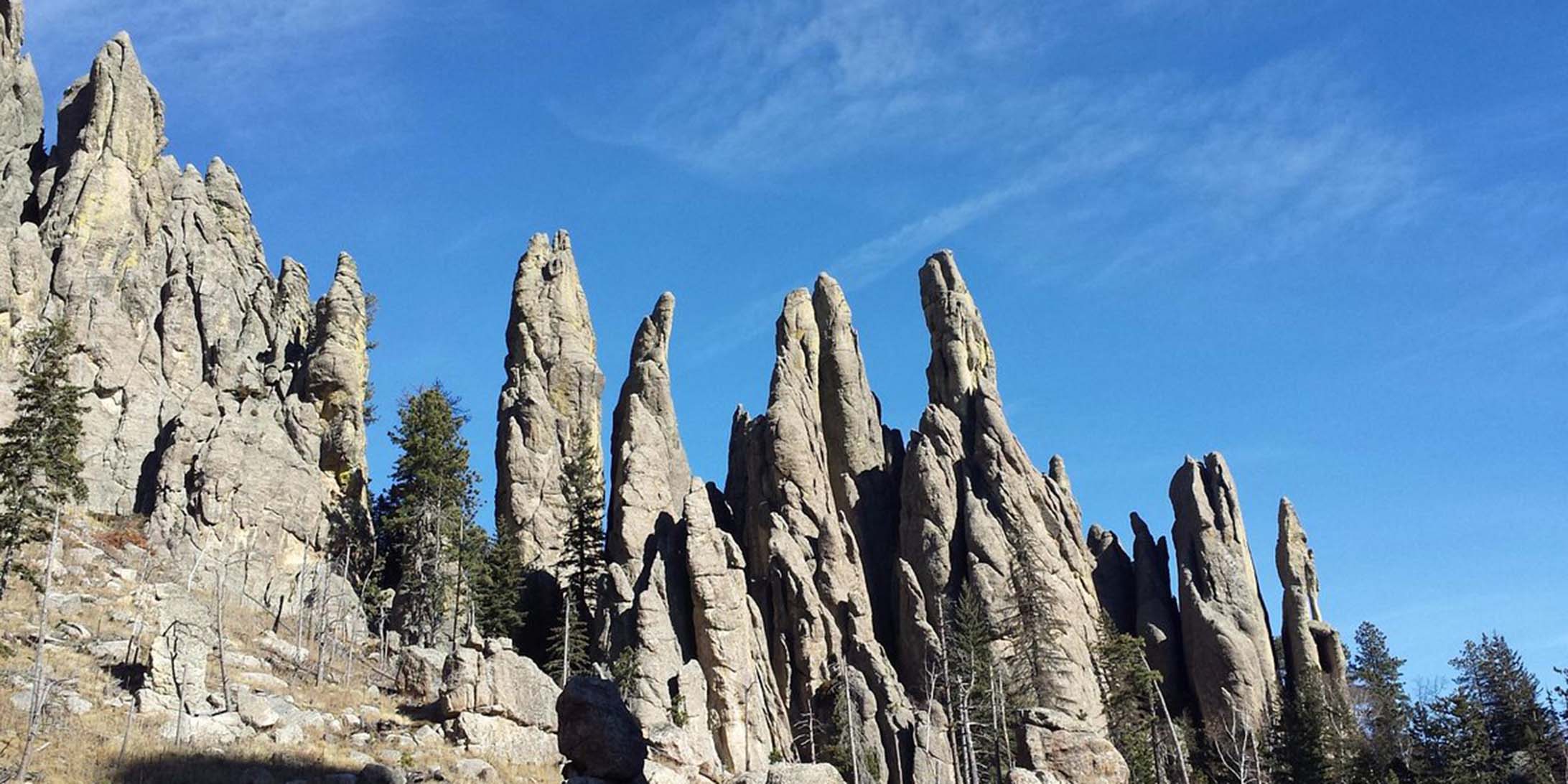North Dakota is nestled in the northern region of the United States, bordered by Canada to the north. It is situated between the states of Minnesota to the east and Montana to the west, with South Dakota lying to its south. The state’s eastern border is defined by the Red River, separating it from Minnesota, while the Missouri River winds through the central and western regions. This geographical position grants North Dakota a diverse landscape ranging from fertile plains in the east to rugged Badlands in the west.
Despite its reputation primarily revolving around its picturesque natural scenery, North Dakota is home to a cluster of vibrant urban centers. These cities, often overlooked in favor of the state’s natural wonders, boast unique attributes that contribute significantly to North Dakota’s cultural and economic fabric. As I embarked on my journey to explore this often underestimated state, I was eager to delve into its urban side, anticipating a rich tapestry of history, art, and local hospitality. What I found exceeded my expectations – from Fargo to Bismarck, Grand Forks to Minot, each city revealed a distinct personality and a wealth of experiences waiting to be discovered. These urban hubs, with their thriving arts scenes, storied histories, and warm atmospheres, showcased a side of North Dakota that deserves every bit of attention it receives. So, let’s embark on this exploration together, as we uncover the urban gems that enrich the landscape of North Dakota. We’ll delve into their local attractions, savor unique experiences, and find the best routes to navigate these lively urban centers.
Chapter 1: Fargo – The Heart of the Red River Valley
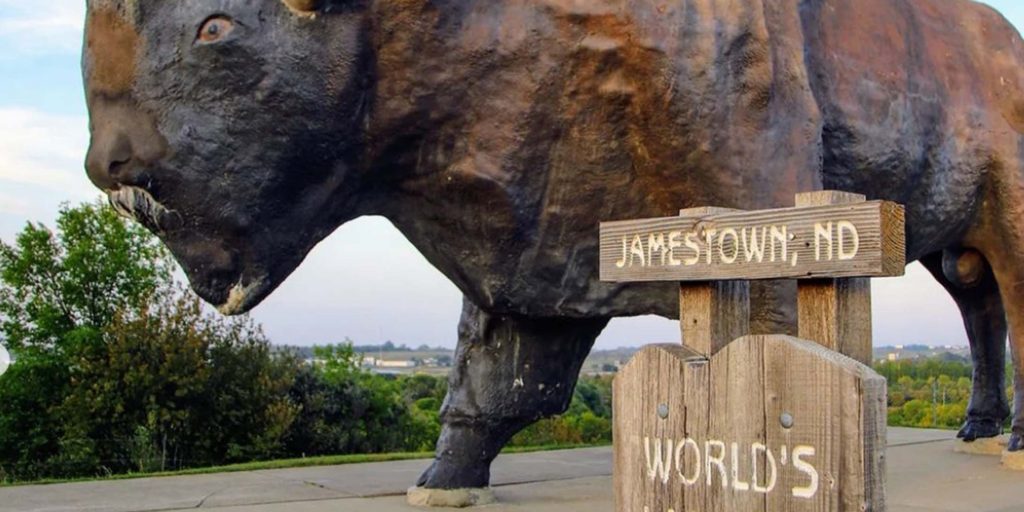
Exploring Fargo’s Cultural Treasures:
Fargo, nestled in the embrace of the Red River Valley, proved to be a tapestry woven with cultural riches. As I stepped into the Plains Art Museum, I was immediately struck by the vivid expressions of contemporary art that adorned its walls. The museum’s halls whispered with the stories of regional and national artists, each piece a brushstroke in a larger, collective narrative.
Wandering through downtown Fargo was akin to traversing the pages of a storybook. The streets, lined with quaint boutiques and adorned with historic facades, offered a tangible connection to the city’s past. I found myself drawn to the eclectic eateries that beckoned with tantalizing aromas, each establishment a testament to Fargo’s culinary diversity.
Stepping Back in Time: Bonanzaville USA:
Bonanzaville USA, a living history museum, unfolded before me like a portal to another era. Walking through its meticulously recreated streets, I could almost hear the echoes of North Dakota’s pioneer days. From the rustic log cabins to the vintage storefronts, every corner held a piece of history waiting to be explored. It was a humbling experience, a chance to stand in the footsteps of those who paved the way for the vibrant city Fargo is today.
Imprints on My Soul:
Fargo’s dynamic arts scene and the warmth of its locals etched indelible imprints on my soul. The fusion of contemporary creativity with the genuine hospitality of the people was a revelation. It was in Fargo’s streets and galleries that I found a sense of belonging, a connection to a community that values both its artistic heritage and the individuals who contribute to its vibrant tapestry.
In the city of Fargo, the convergence of artistic expression and historical resonance left an indelible mark on my journey. The Plains Art Museum spoke to me in colors and brushstrokes, weaving tales of creativity that transcended boundaries. Downtown Fargo, with its architectural whispers from the past, became a canvas where the chapters of history unfurled before my eyes. And Bonanzaville USA, with its living tableau of pioneer life, allowed me to walk in the shoes of those who shaped the destiny of this remarkable city.
Fargo, to me, was not just a place on a map. It became a living, breathing entity, with a heartbeat fueled by its artistic fervor and the warmth of its residents. It was a revelation, a testament to the power of culture and community to shape a city’s identity. And as I left Fargo, I carried with me not only memories but a newfound appreciation for the creative spirit that pulses through the heart of the Red River Valley.
Chapter 2: Bismarck – The Capital City on the Missouri River
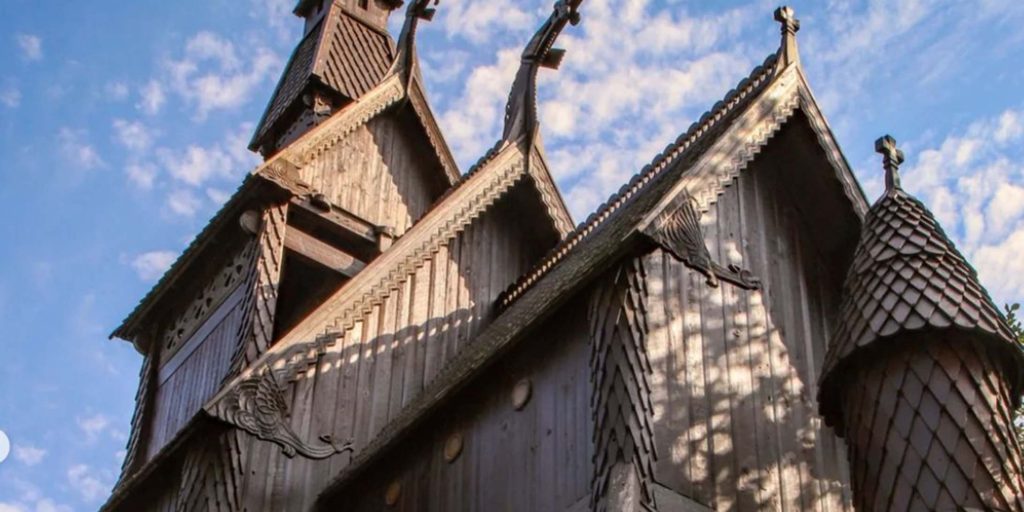
Unveiling Bismarck’s Historical Tapestry:
Bismarck, the proud capital city nestled along the banks of the Missouri River, welcomed me with open arms. The North Dakota Heritage Center & State Museum was a sanctuary of knowledge, where I immersed myself in the vivid tapestry of the state’s history. Engaging exhibits and interactive displays breathed life into the narratives of yesteryears, allowing me to walk alongside pioneers and visionaries who shaped this land.
Fort Abraham Lincoln State Park, a testament to a bygone era, stood before me, exuding a palpable aura of history. As I explored the remnants of the historic military post, I could almost hear the echoes of soldiers and settlers who once called this place home. The reconstructed On-A-Slant Indian Village offered a poignant glimpse into the lives and cultures that interwove in this captivating region.
Encounters with Wildlife at The Dakota Zoo:
A visit to The Dakota Zoo was a revelation, not only for its diverse range of wildlife but also for the intimate connection it fostered between visitors and native species. Families reveled in the opportunity to witness creatures, both familiar and exotic, in habitats designed to mirror their natural environments. For me, it was a moment of reflection on the importance of conservation efforts in preserving the state’s rich biodiversity.
Bismarck’s Heritage: A Personal Reflection:
Bismarck, with its harmonious blend of history and natural beauty along the mighty Missouri River, offered a unique lens through which to view North Dakota’s heritage. The city’s museums and historic sites spoke volumes, their walls echoing with the stories of those who forged a path through this rugged terrain. The contours of the landscape seemed to whisper tales of resilience, reminding me of the indomitable spirit that defined the early settlers.
In Bismarck, I found not only a capital city but a living testament to North Dakota’s storied past. The Heritage Center & State Museum served as a time-traveling vessel, propelling me through epochs of triumphs and tribulations. Fort Abraham Lincoln, with its weathered battlements, transported me back to a time of frontier fortitude. And The Dakota Zoo, with its diverse menagerie, stirred a sense of responsibility towards preserving the natural wonders that define this remarkable state.
Bismarck, for me, became a gateway to understanding North Dakota’s heritage in a profound way. It was a city where history breathed through every cobblestone and rustling leaf along the Missouri River. As I departed, I carried with me not only a wealth of knowledge but a deep appreciation for the resilient spirit that continues to shape the course of this capital city and the state it represents.
Chapter 3: Jamestown: A Journey into the Annals of History
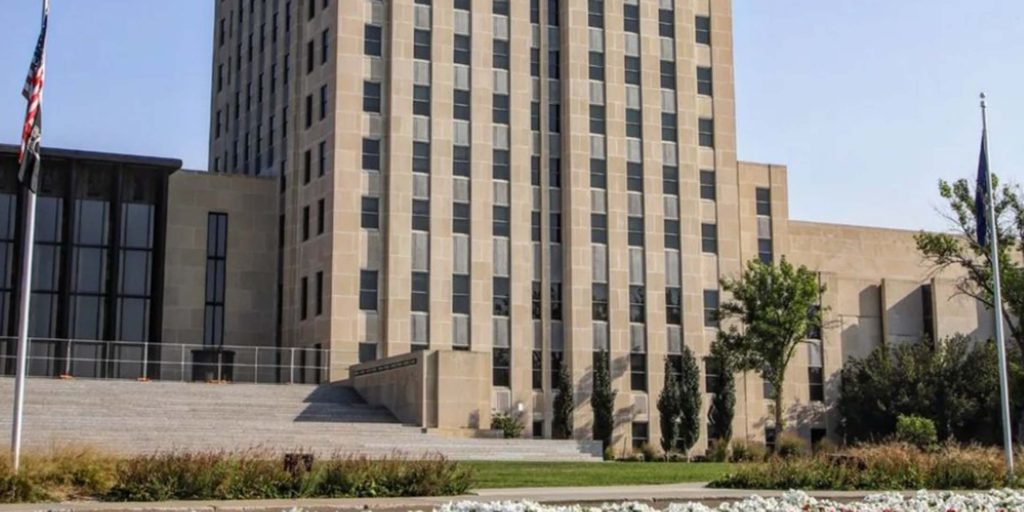
Unveiling Jamestown’s Historical Treasures:
As I ventured into the heart of Jamestown, history beckoned me with open arms. The National Buffalo Museum, a beacon of the region’s cultural legacy, welcomed me with a trove of artifacts and the living presence of North America’s largest land mammal – the bison. Standing before these magnificent creatures, I felt a profound connection to the land and its storied past.
Fort Seward Interpretive Center, a sentinel from another era, transported me back to the days of frontier life. The echoes of soldiers and settlers reverberated through the air, painting vivid images of the challenges they faced. I could almost feel the heartbeat of the past, a pulse that still resonates in the present.
Journeying Through the Stories of Stutsman County:
The Stutsman County Memorial Museum, a sanctuary of local history, beckoned me to explore its corridors. Each artifact, meticulously preserved, whispered tales of those who laid the foundation of Jamestown. The exhibits painted a vivid portrait of resilience, offering a glimpse into the lives of pioneers who shaped the city’s destiny.Reflections on Jamestown’s Historical Wealth:
Jamestown’s historical sites became more than mere attractions; they became windows into a world that had shaped the very fabric of the city. Standing amidst these relics, I couldn’t help but marvel at the tenacity and spirit of those who came before us. Their stories, etched in the walls of museums and forts, left an indelible mark on my soul.
In Jamestown, history transcended the pages of books and became a living, breathing entity. The National Buffalo Museum spoke of a time when the bison roamed freely, their presence intertwined with the destinies of indigenous peoples and early settlers. Fort Seward stood as a sentinel, bearing witness to the trials and triumphs of those who carved out a life on the frontier. The Stutsman County Memorial Museum, with its carefully curated exhibits, unfolded the chronicles of a community’s evolution.
Jamestown’s historical treasures weren’t relics of a bygone era; they were living narratives that continue to shape the city’s identity. As I departed, I carried with me a profound appreciation for the resilience of those who came before, and a deeper understanding of the vibrant tapestry that makes up the city of Jamestown.
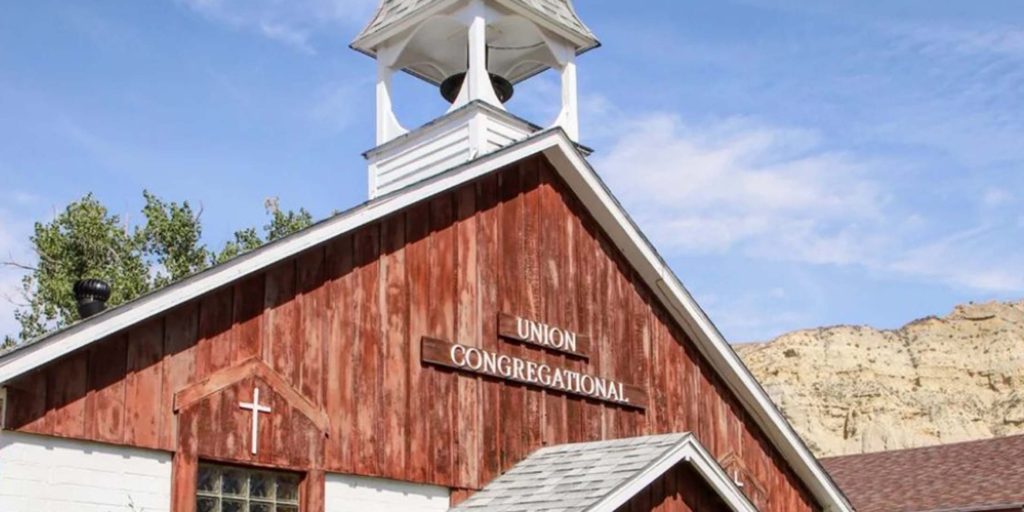
From vibrant arts scenes to rich historical sites, each city offered a unique experience. The warm hospitality of the locals and the blend of urban and natural attractions left an indelible mark on my journey. Whether you’re drawn to cultural experiences, outdoor adventures, or a bit of both, North Dakota’s cities have something for every traveler. So, pack your bags and embark on an urban adventure in the Peace Garden State!
